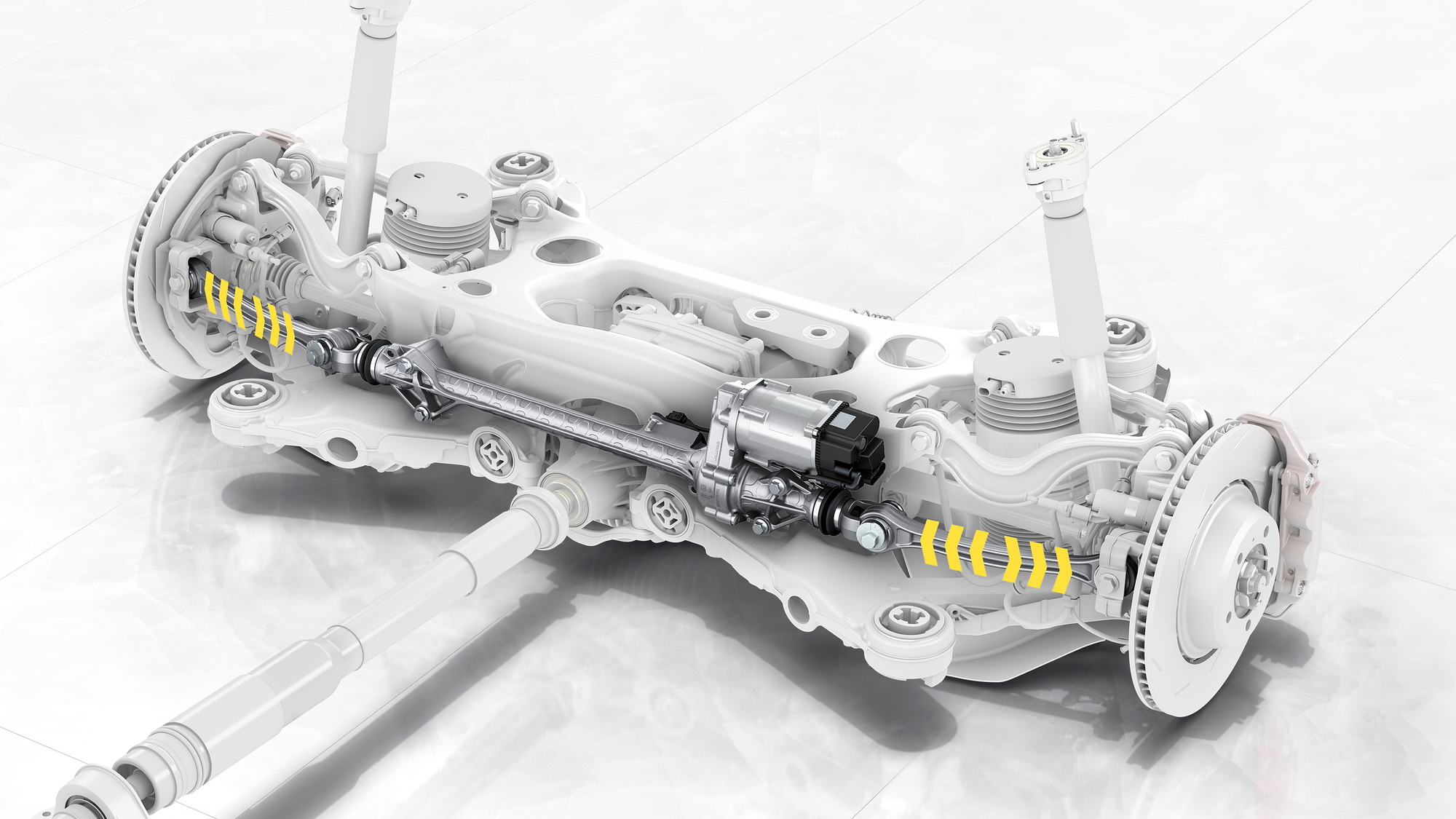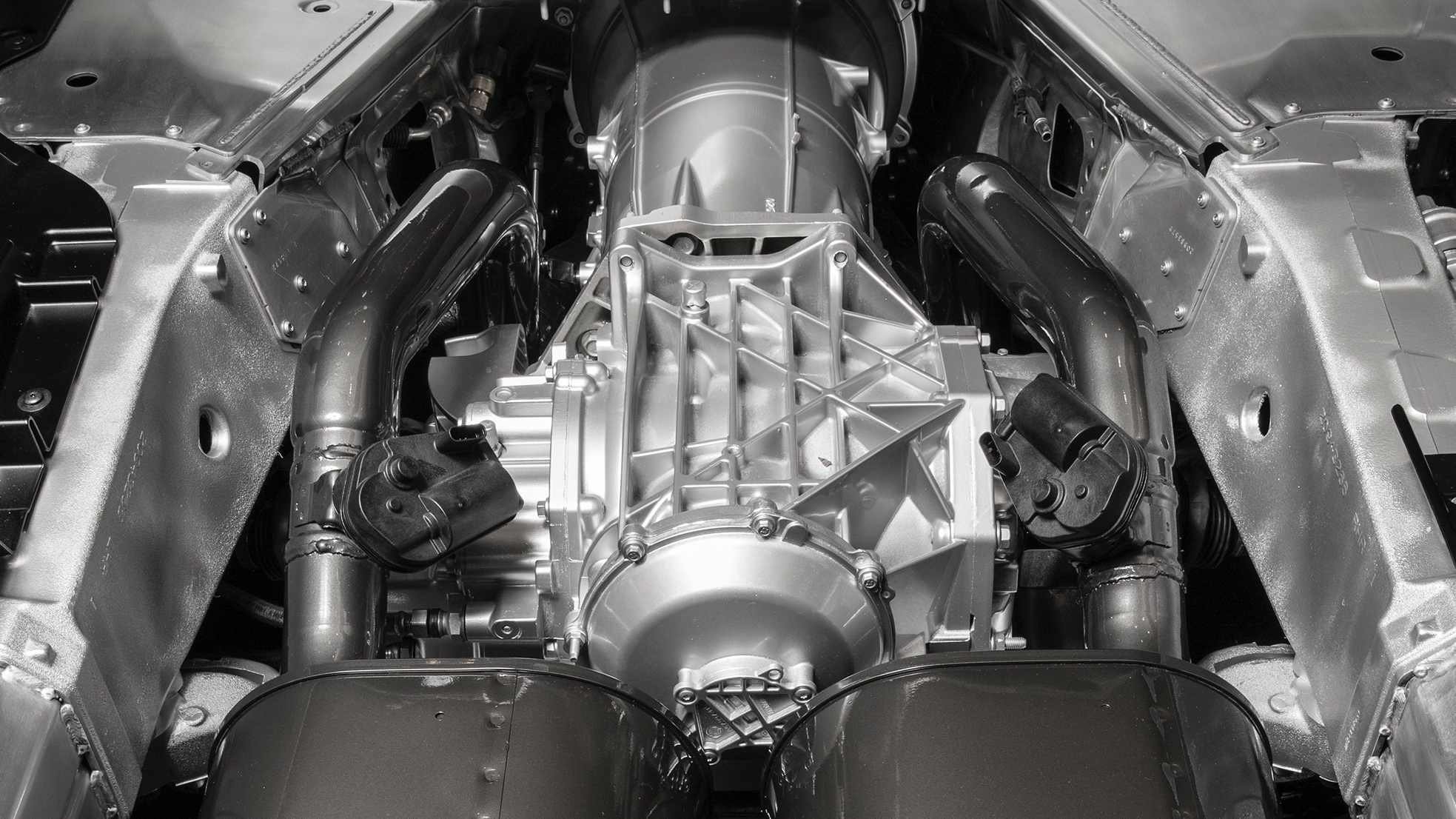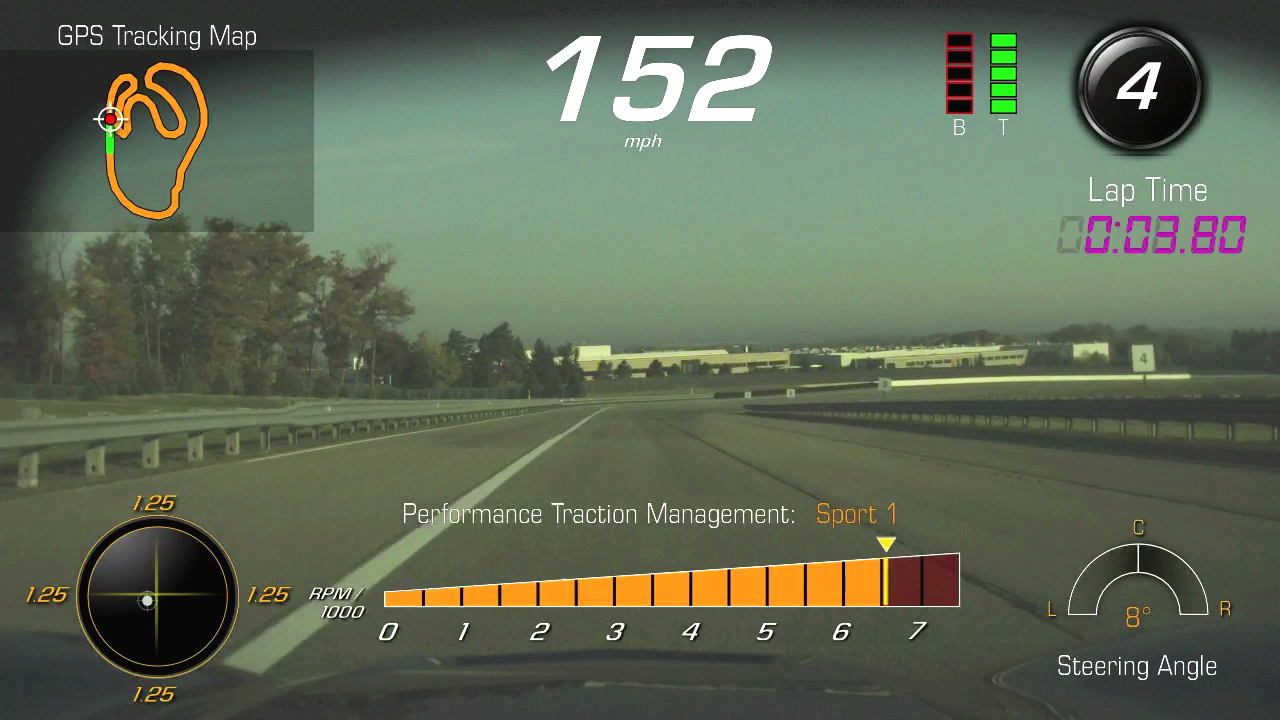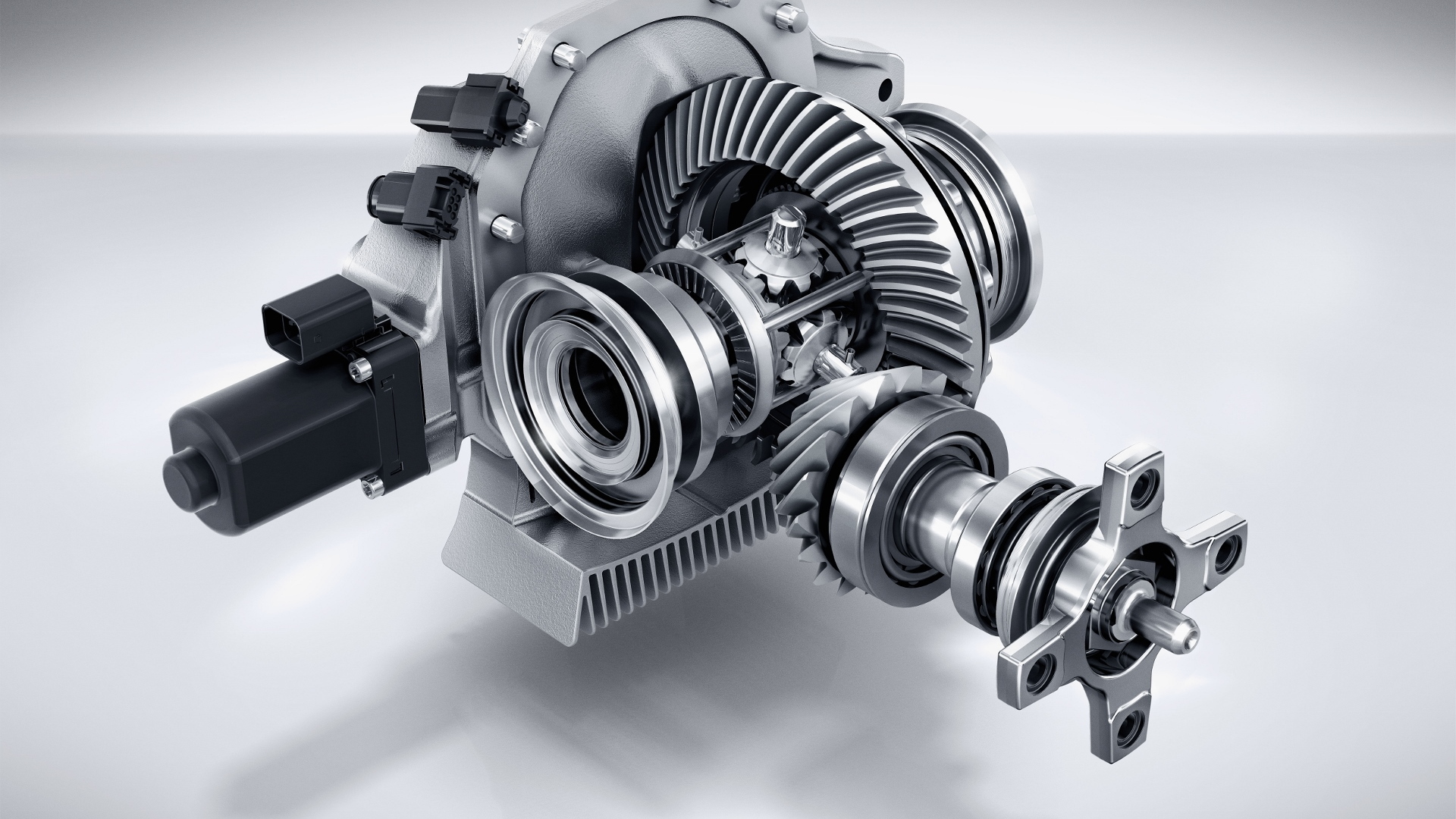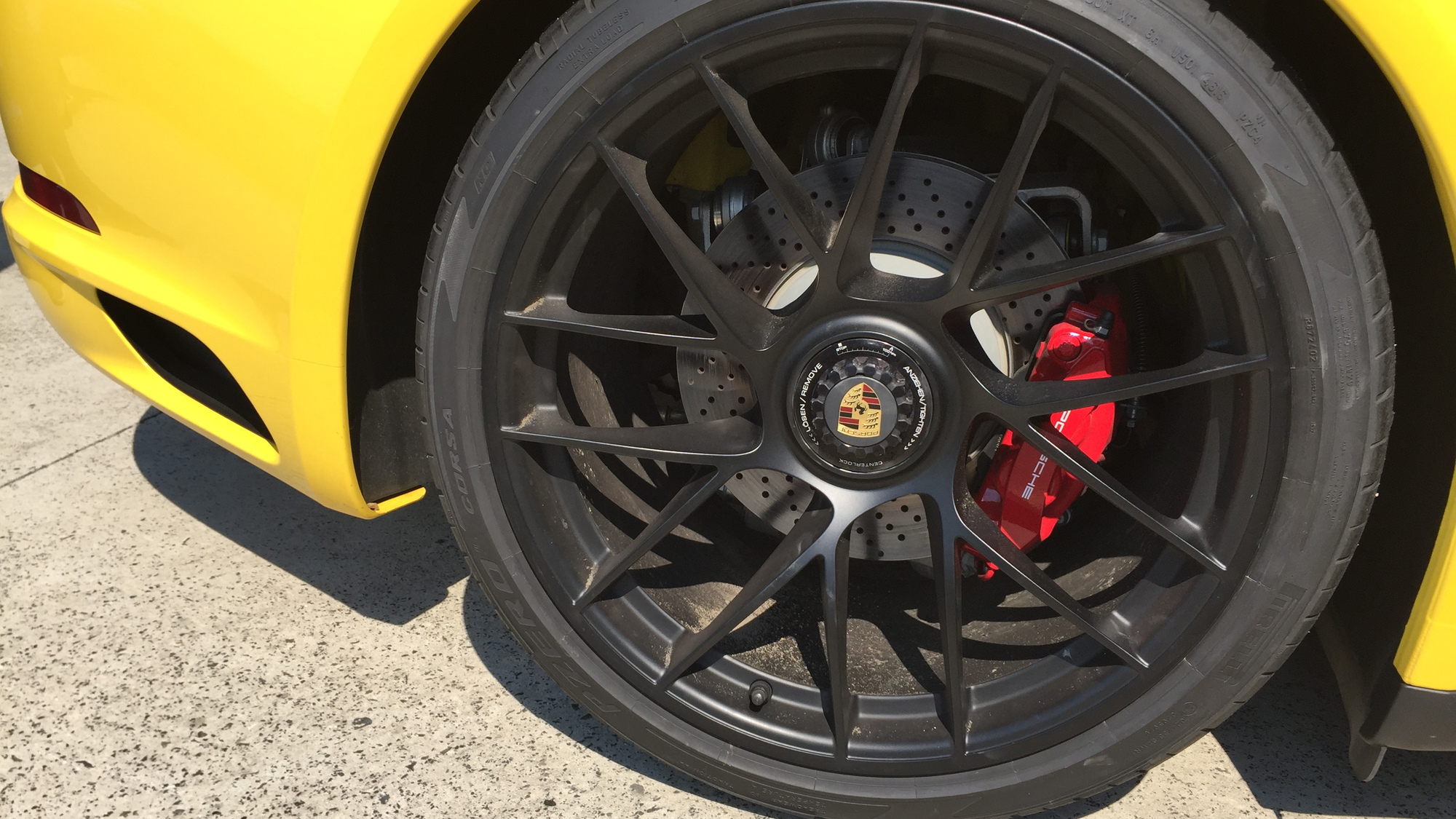A stiff body structure, a powerful engine, and a suspension that maximizes traction are the basic bones of performance. However, automakers have developed numerous features that can help cars and an ever-growing subset of SUVs get more from those basics—to go faster in a straight line, through corners, and around a track. Still other features help drivers perform better at the wheel.
We’ve identified 10 features that will make your car go faster or make you faster as a driver. When buying that next new car, choose trim levels that include these features or tick their options boxes if performance is your priority.
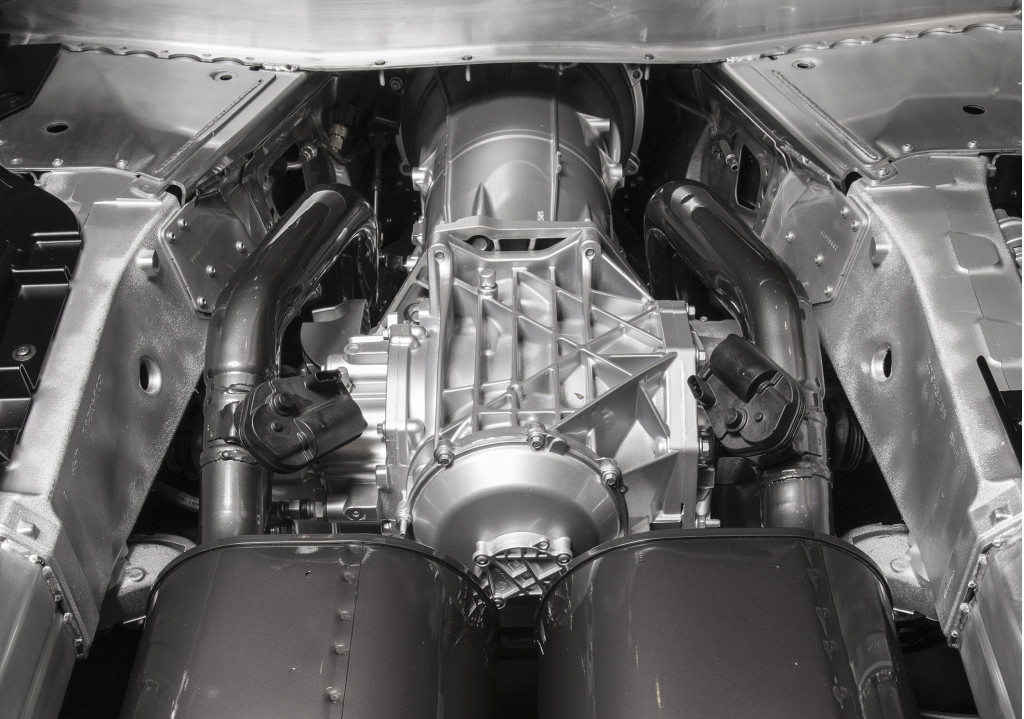
2015 Chevrolet Corvette Z06 limited-slip differential
Limited-slip differentials
Differentials allow wheels to turn at different speeds. If the wheels were locked, the inside wheel would have to slide through corners because the radius each tire traces is different. In a standard open differential, the power flows to the wheel with the least resistance. That means a car could get stuck on ice even if one drive wheel is on dry pavement. In a performance application, an unloaded inside wheel can spin when exiting a turn, wasting power and causing slower lap or autocross times.
The answer to these issues is a limited-slip differential, which sends power to the other wheel when one wheel starts to slip. An LSD can work either mechanically (through gears, clutches, or viscous couplings) or electronically to tie the wheels together in various ratios. An electronic LSD uses clutches as well, but they’re controlled by electric motors that determine the slip ratios. Driving both wheels helps prevent inner wheel slip when exiting a turn and sends the power to the pavement far more efficiently. A performance car without an LSD is like Timothy Leary without, well, LSD. In both cases, the LSD enhances the experience. Your performance car will go faster from a stop and through a corner. Limited-slip differentials can go even further by adding…
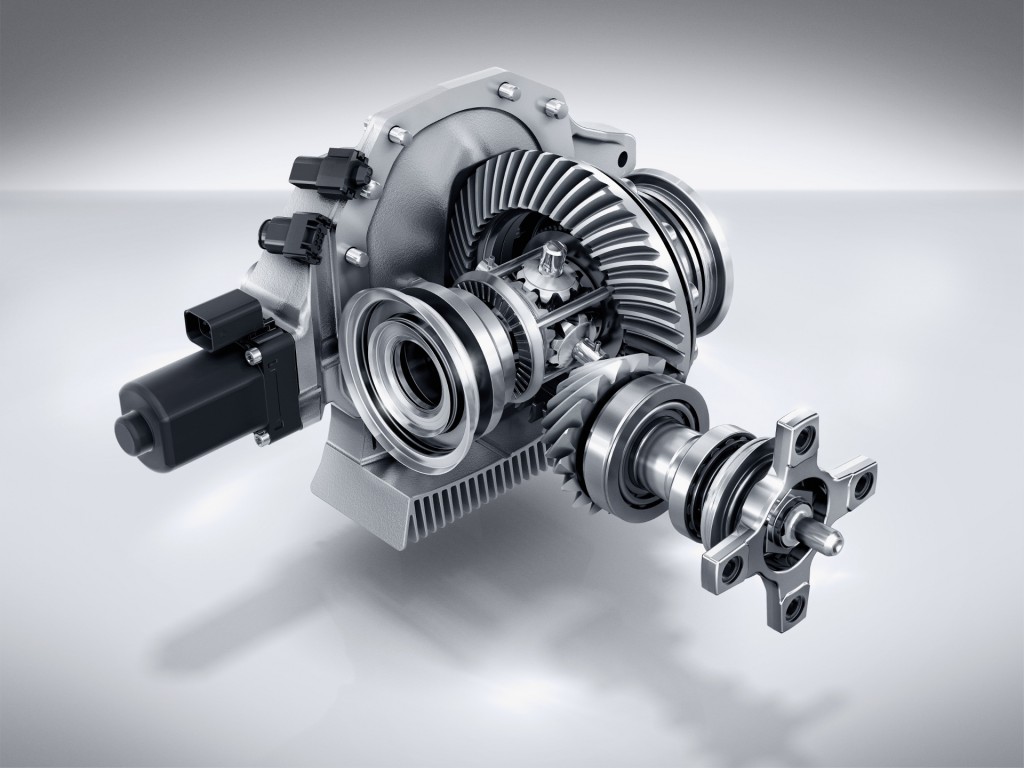
2017 Mercedes-AMG C63 S Coupe torque vectoring differential
Torque vectoring
Automakers offer three types of torque-vectoring systems, mechanical and brake-based. The latter use the anti-lock braking system to target the inside rear wheel in a corner to help a vehicle rotate. A mechanical system is more effective. It typically uses clutches on either side of the rear differential to send either more or all of the available power to the outside wheel in a turn. An automaker may choose to brake the inside rear wheel as well. The upshot is the car turns more sharply. On a track, an effective torque-vectoring system can let the driver roll on the power earlier in a corner, sometimes even before the apex. It tucks the nose in sooner and makes the turn feel shorter. That’s a recipe for faster lap times. Electric motors in hybrid and electric vehicles also provide very effective torque vectoring. Audi, Lexus, Mercedes-AMG, and Porsche are among the automakers with effective mechanical torque-vectoring systems, while Acura, Audi, Koeniggsegg, Polestar, Porsche, and Rimac use electric motors to vector torque.
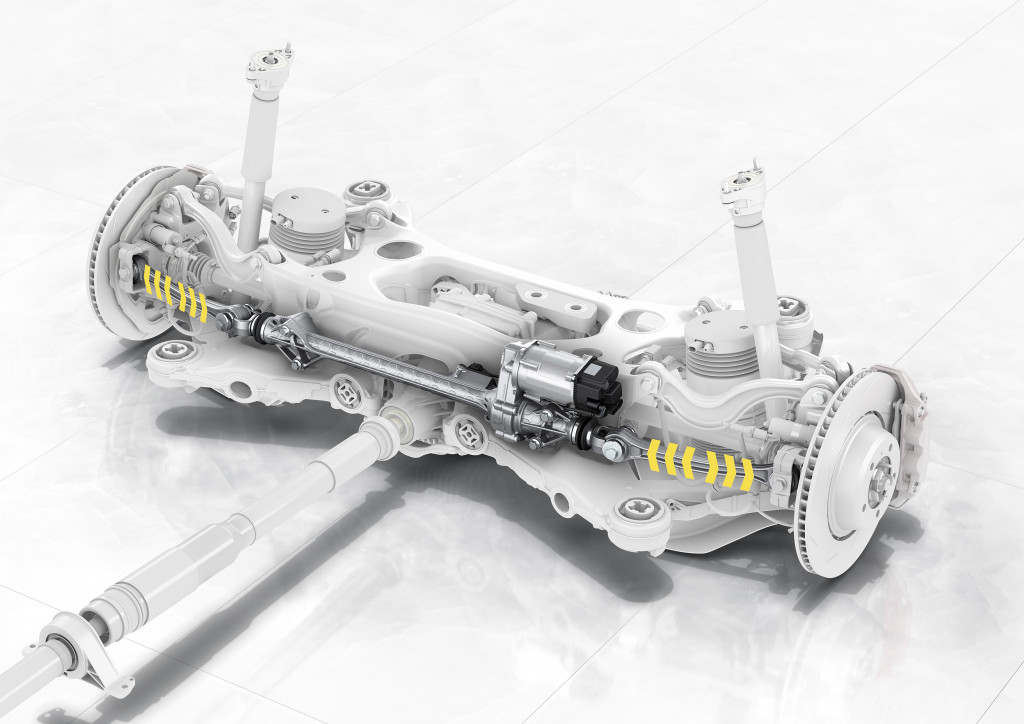
Porsche Panamera Rear-Axle Steering
Rear-wheel steering
Rear-wheel steering is a pretty simple idea. Electrically controlled mechanical actuators steer the real wheels, typically up to 2-3 degrees opposite of the fronts at low speeds and with the fronts at high speeds. The low-speed steering virtually shortens the wheelbase, helps with tight parking lot maneuvers, and shortens the turning circle. The high-speed adjustments create better stability and virtually lengthen the wheelbase. These systems usually switch over at 37-60 mph, so the greatest advantage during performance driving is in lower speed tight turns and slaloms. Acura, Audi, Lamborghini, and Porsche all offer rear-wheel steering that improves performance.
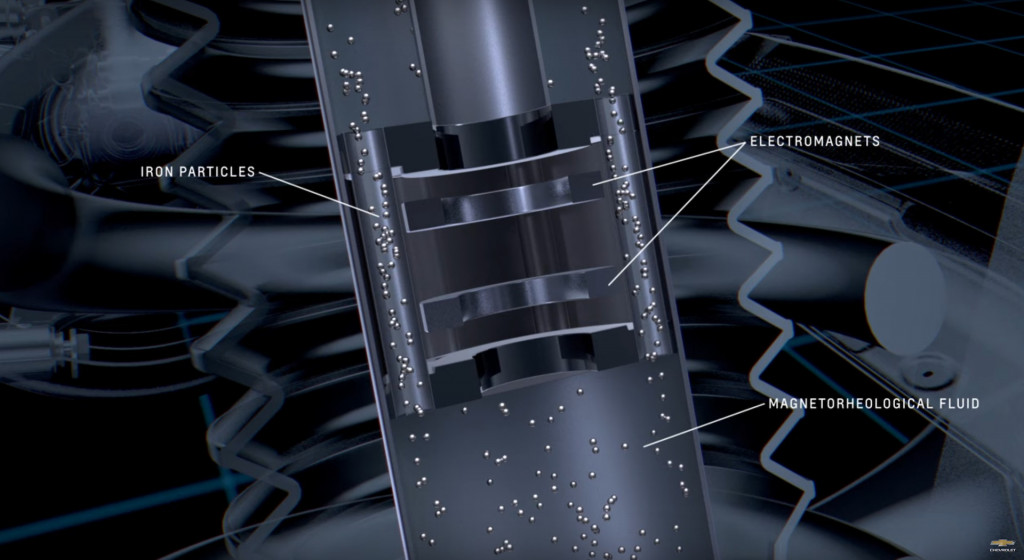
2020 Chevrolet Corvette Magnetic Ride Control dampers
Adjustable dampers
The stiffer the suspension, the better a car will handle on a racetrack. But we don’t want to drive cars that threaten to rattle out our eyeballs every time we hit a bump. Adjustable dampers offer the best of both worlds, with a smoother ride for the street and stiffer settings for the track. A stiffer, quicker-acting damper helps during performance maneuvers by doing a better job of keeping a tire on the asphalt where it can provide traction for cornering or acceleration. The magnetorheological dampers used by the likes of Ferrari, General Motors, and Ford are among our favorite adjustable dampers. They are filled with a metal-infused fluid that becomes firmer when a magnetic charge is introduced and softer when the charge is withdrawn.

Porsche Pirelli P-Zero Corsa N0 tire
Sticky tires
Anyone who has played a racing game knows that, other than more power, the best ways to make your car faster are stickier tires and better brakes. Summer-compound performance tires increase a car’s ability to handle lateral G forces, which allows the car to carry more speed through corners and results in faster lap times. Some automakers offer such tires as Michelin Pilot Super Sport Cup 2s or Pirelli P-Zero Corsas either as options or accessories available through dealers. These tires can make the difference in an autocross competition or when shooting for a better lap time. The tradeoffs are a loss of traction below 40 degrees, higher prices, and quicker tire wear. Depending on the tire, they may only last 10,000 or even 5,000 miles, which makes that $2,000 tire bill all too frequent.

2015 Chevrolet Corvette Z06 carbon-ceramic brakes
Bigger/better brakes
Better brakes have several advantages on a racetrack. Stronger brakes will let a driver carry more speed and brake later for a turn, and robust brakes will last longer during track sessions without pulsating or fading. The general rule of thumb with performance brakes is bigger is better, but there’s more to it than that. Bigger brakes have more surface area to better dissipate heat, but so do brakes that are cross-drilled and/or slotted. High-performance brake pads may create more brake dust and noise, but they will also last longer and may provide more bite. Carbon-ceramic brake rotors provide both benefits but also tend to squeak. They have the added advantage of reducing unsprung weight, which can lead to more feel and better handling. However, anyone who is going to take a car to a track regularly might want to avoid carbon-ceramics because they are very expensive to replace, with prices that range up to $10,000 for a set. You’ll still have to pay to play with big iron rotors, but not nearly that much.
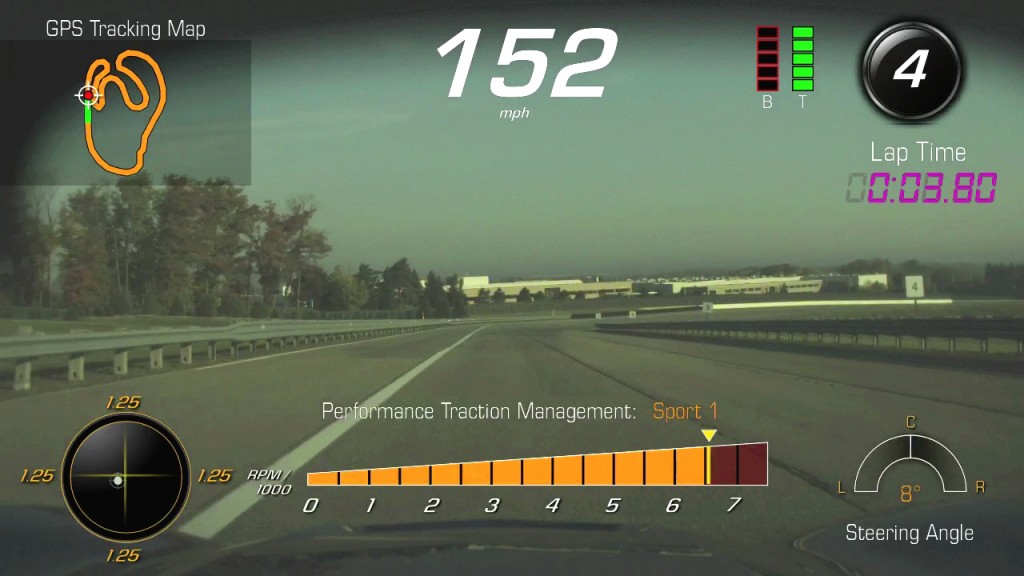
2015 Chevrolet Corvette Performance Data Recorder (PDR)
Track apps
Track apps vary in what information they provide. They can display lap times, 0-60 mph and quarter-mile times, and real-time power, torque, and G forces. Better versions have cameras and can record driving sessions either through an SD card in the car itself or through a cell phone app. They also include telemetry like throttle and brake pedal positions, gear, rpm, speed, and a GPS trace of the car on a track. Reviewing all of this information from a track session allows owners to compare the car’s position and status on various laps to determine the fastest way around a track. Drivers can fine-tune when they get on the brake or throttle, what gear works best in a track section, and how best to attack a corner. Use what you learn and you’ll go faster next time.

2014 Chevrolet Corvette downshift rev matching
Downshift rev matching
When performance driving a car with a manual transmission, skilled drivers blip the throttle on downshifts to match revs from one gear to the next. This technique, called heel-and-toe, saves the transmission some abuse and avoids upsetting the balance of the car. Mastering heel-and-toe, however, takes time and patience, and applying the skill on a racetrack requires confidence. Downshift rev matching takes care of the throttle blip for you via the car’s computer. Sure, it requires less skill of the driver, but it gives those of us concentrating on not hitting a wall at triple-digit speeds one less thing to worry about when pushing a car to its limits. Aston Martin, BMW, General Motors, Nissan, and Porsche offer manuals with downshift rev matching.

2020 Porsche 911 Carrera S, Valencia, Spain, January 2019
Drive modes
Drive modes make more performance available at the push of a button. These systems combine the benefits of many of the features listed here. Their Sport/Dynamic, Sport+, and Track/Race modes stiffen up adjustable dampers, loosen stability control, reprogram differentials and torque-vectoring systems, engage rev matching, and even retune rear-wheel steering systems. They also put throttle responses on high alert, tell transmissions to hold gears longer, and adjust front/rear torque bias for all-wheel-drive systems. This all means less lean in turns, more ready power upon turn exit, smoother downshifts, and quicker reactions from the car on a track. And yet, the same car can offer a relaxed experience on the ride to the track. Some brands tune their cars for little differences between modes; we prefer Porsche’s approach, which makes each mode distinct and really enlivens the car’s responses.
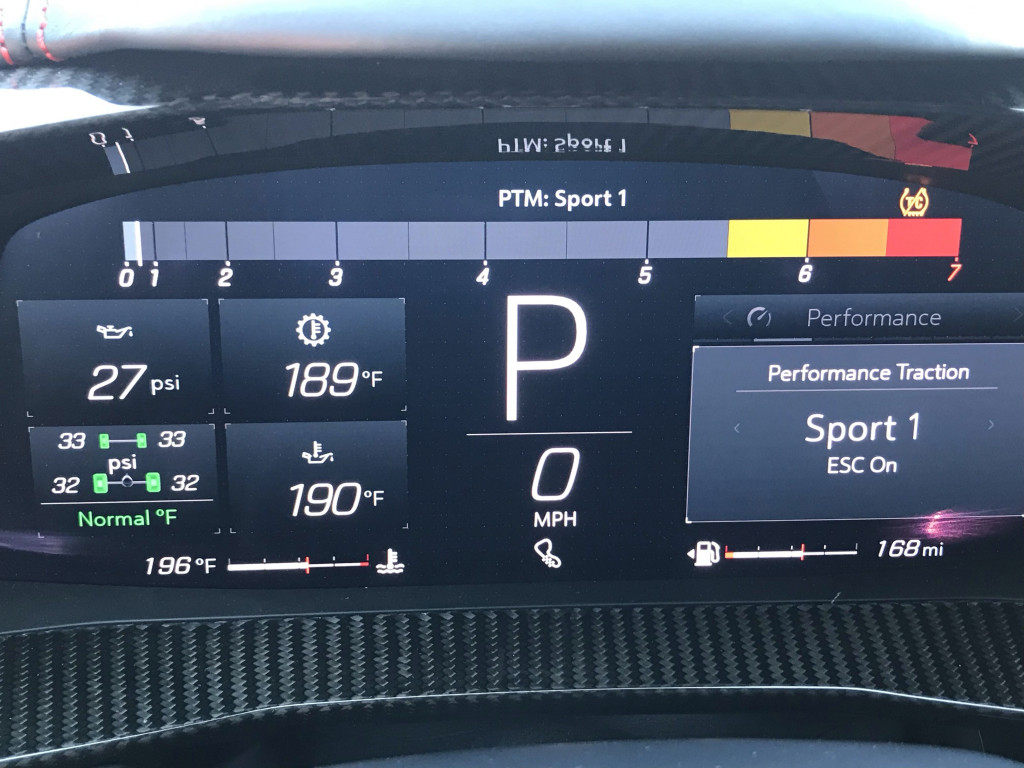
2020 Chevrolet Corvette
Adjustable stability control
The last thing you want on a racetrack is a stability control system that intercedes too early by engaging the brakes and cutting the power to get the car back on line. It ruins your fun like the neighborhood snitch who tattles when you break curfew. Some automakers go further than simple drive modes and offer various levels of stability control and traction control. Some of this programming is baked into the drive modes, often with normal, sport, and off settings for the stability control. For instance, the Corvette C8’s Performance Traction Management system has those three stability control modes overlaid with five traction control settings. Mercedes-Benz and BMW have similar systems that also include a Drift mode for all-out hooliganery. These systems fine tune the traction that can be put to the pavement. A simple off switch works for pros, but these modes can make most of us quicker while keeping us out of the pea gravel.
